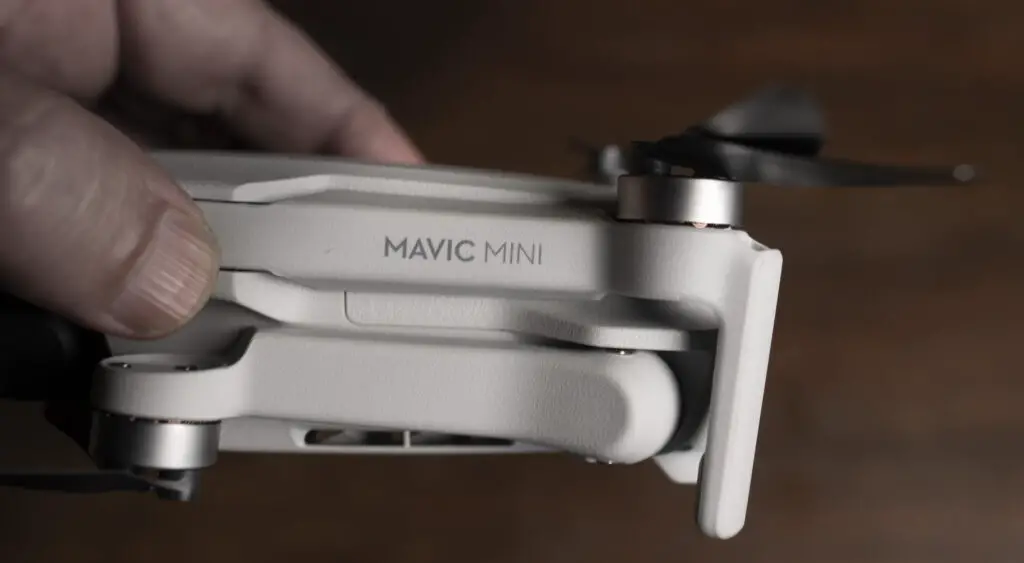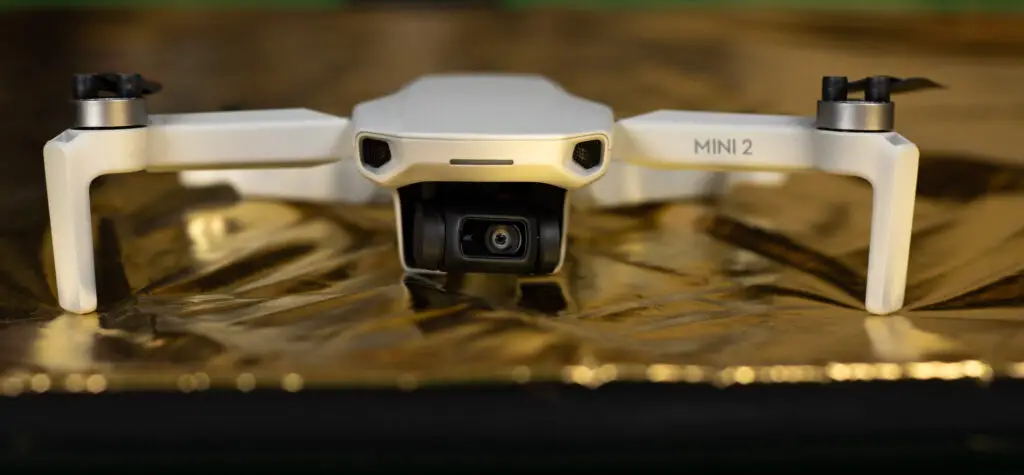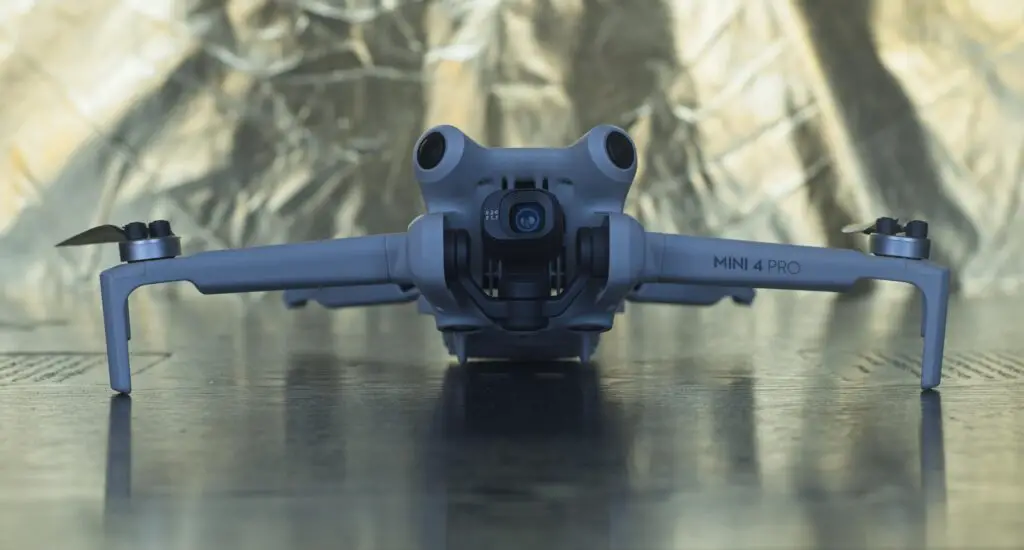The Mini 4k is now officially the most affordable DJI prosumer drone
It was released in April 2024, but it was initially only sold through Amazon in the United States and Europe which is rather unusual. Hence, some users argued that it could not be considered an official DJI product
A few days ago, in August 2024, DJI added this model to its online store, making the Mini 4k a fully official model
You can check the updated prices of the different configurations, it is an affiliate link, so I get a small commission in case of purchase:
Other relevant articles you may find interesting:
- Mini 4k video quality
- Mini 4k photography
- Mini 4k vs Mini 4 Pro video quality
- Mini 4k vs Mini 4 Pro Photography
If you prefer to watch this as a video, you will find my YouTube version at the end of this article
Differences with previous models
There have been different variations of the entry model of the DJI line. This can cause some confusion. Let’s do a quick recap
Mavic Mini

The first DJI model under 250 grams was released in October 2019 under the name Mavic Mini
Maintaining the weight below the critical threshold of 250 grams was not easy, so this model had only basic features:
| Sensor size | 1/2.3″ |
| Aperture | f 2.8 |
| Video resolution | 2.7k |
| Bitrate | 40 Mbps |
| Photo resolution | 12 MP |
Mini 2

In November 2020, DJI released the Mini 2, a much-improved version:
| Sensor size | 1/2.3″ |
| Aperture | f 2.8 |
| Video resolution | 4k |
| Bitrate | 100 Mbps |
| Photo Resolution | 12 MP |
This model has a new transmission system, Ocusync 2, replacing the Wi-Fi-based one of the previous model for a more powerful signal
Mini 2 SE
In February 2023 DJI released the Mini 2 SE, a downgraded version of the Mini 2 proposed at a more affordable price:
| Sensor size | 1/2.3″ |
| Aperture | f 2.8 |
| Video resolution | 2.7k |
| Bitrate | 40Mbps |
| Photo resolution | 12 MP |
Mini 4k

Finally, in April of 2024, the Mini 4k was released. All these models have a very similar body design and the same sensor size which is surprising as five years is a very long time for drone technology
The Mini 4k is a rebranded version of the Mini 2 proposed at a lower price. The camera is identical with the same video and photo specs, the only small differences are the lack of an LED that was present in the Mini 2 and the C0 label in the new model
Now that it has been added to the official DJI store, the Mini 4k is the official entry model of DJI prosumer line
The mini 2SE is still available at the moment, but it is offered only with the fly more combo, while the stand-alone version is out of stock. I believe this model will be discontinued once the stocks are depleted
Video and photos
The Mini 4K should not be considered a toy. It has an excellent image processor which at the time was a big improvement compared to the first Mavic Mini
It is capable of producing more than decent footage and photos in friendly light conditions, as long as we avoid shooting in the direction of the sun and low light, but this has to be expected given the size of the sensor and the old technology of the lens
As we can see from the examples above, the detail is more than acceptable and can almost compete with the Mini 3 Pro
A traditional weak point of models from a few years ago is the rendition of fine detail in vegetation and architectural features. The Mini 4k handles it surprisingly well
Unlike the 3 and 4 Pro, the Mini 4k has only one color profile, the 8-bit Normal mode, which can be used without editing, although a touch of extra contrast and saturation is beneficial. The rendition of color is quite nice, a good starting point for someone approaching drone video for the first time
The same applies to photos with a decent contrast and color rendition in RAW format
Things change radically when shooting anywhere in the direction of the sun. The dynamic range is very limited. In other words, the highlights tend to be overexposed while the shadows are very dark
This model is practically unusable for video and photos in low light conditions, as the tiny sensor cannot gather enough light. This is another area where drone technology has massively improved in recent years
More expensive DJI lightweight models like the Mini 3 Pro and 4 Pro yield astonishing results in night footage and photos thanks to the wide aperture of the lenses and improvements in the processor
Functionalities
The Mini 4k is based on a four-year-old design. Every gram had to be shaved to remain below the threshold of 250 grams, so this model offers only the most basic functionalities
Obstacle avoidance avoidance, a crucial safety feature, is absent
Intelligent flight modes like Active Track, Spotlight, and Point of Interest are also unavailable. Tracking moving targets is a very sought-after feature, but it is not supplied with the Mini 4k
The only intelligent feature for video is Quickshots, a series of automated pre-defined moves:
- Dronie
- Rocket
- Circle
- Helix
- Boomerang
The only functionalities available for still images are Automatic Exposure Bracketing and Panorama
The frame rates available are up to 30 fps at 4k and up to 60 fps at 2.7k. Therefore, the slow-motion capabilities are minimal
A zoom of up to four times is available at 4k. Being a digital one there is a resolution loss. Zooming up to two times is acceptable if shooting at a resolution of 4k and encoding at 1080p. When using a four times zoom the loss of resolution is too strong for filming, but this zoom level is useful for inspection purposes
The announced battery life is 31 minutes, a more than decent performance
The transmission system is Ocusynch 2.0 for a reliable signal even in urban areas with interferences. This is an improvement compared to the WiFi system of the original Mavic Mini
The design of the 3-axis gimbal shows its age: the upward tilt of the camera is quite limited and the camera cannot rotate for vertical video and photos, an important feature for users active on social media platforms
Like most DJI models designed more than a couple of years ago, the camera has a very annoying jump when the aircraft comes to a halt after a move. This issue has been solved with the redesign of the gimbal for the Mini 3 Pro
The wind resistance of the Mini 4k is level 5, equivalent to 21 mph or 38 kmh. It is quite good considering the size, although the Mini 3 and 4 have better aerodynamics thanks to the new design of the area around the gimbal
The Mini 4k is sold with the RC N1 C remote controller, practically identical to the RC N1 of the Mini 3 offering a good grip and a clamp to solidly place the remote device. The use of a smartphone or tablet is required with this controller
Who Is It For?
The Mini 4k is the model for budget-conscious users looking for a first experience with drone videography and photography
The difference in price versus the Mini 3 Pro is important, the image quality in easy light conditions is a good starting point for beginners, as long as they avoid shooting against the sun and in low light
Even though the features offered are minimal, this model is reliable and fun to use
Users who get seriously involved with this hobby will want to upgrade to more powerful models but the good news is that the Mini 4k is easy to resell on the second-hand market
I often see videos suggesting the Mini 4k as a second drone for urban shooting or traveling for serious users who already own a bigger model
I do not fully agree, as the quality of footage and photos will be very different between the two models, making it hard to integrate them into the same project, especially if low light or scenes against the sun are involved
The Mini 4 Pro can be purchased with a combo that includes a bag, two extra batteries, and a charging hub. Extra batteries are handy for an extended flying experience, but the price is slightly more expensive than the Mini 3 (non-pro version), a much superior drone
